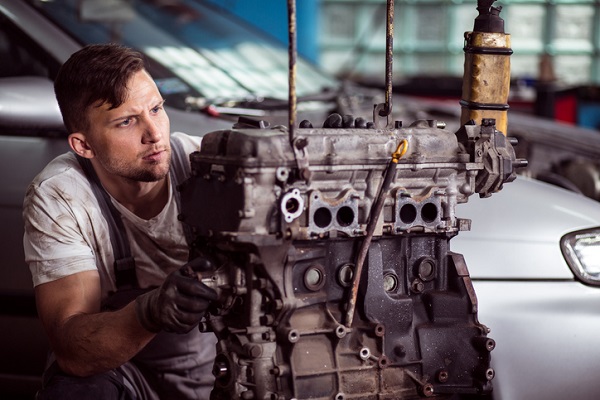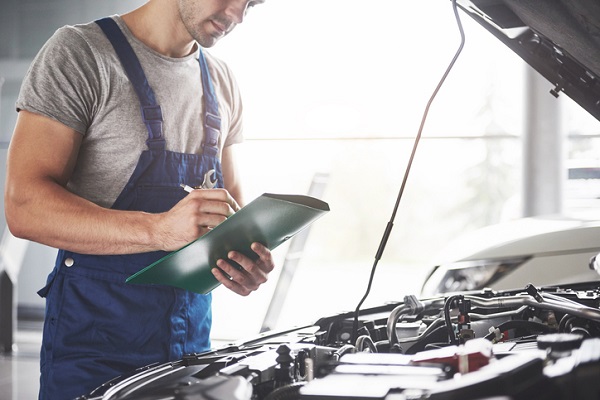Engine Replacement: The Do's and Don'ts You Can Learn in Auto Repair School

The engine is the heartbeat of the vehicle, generating the power that allows the tires and other automotive parts to do their job. Like a normal heart, however, they need ongoing care and attention. If an engine has been neglected for too long, a full replacement may even be required. Cracks to the engine block, bent pistons, or damage caused by a snapped timing belt could all lead to an expensive and time-consuming replacement process.
Some car enthusiasts may also want auto mechanics to replace the engine with a more powerful or efficient alternative. This could lead to problems, however, if you don’t consider certain potential pitfalls, so let’s explore five things to look out for when carrying out an engine replacement.
1. Do Your Homework and Make Sure the New Engine Fits Properly
If the client wants an engine with slightly different specifications inserted into their vehicle, then there are a few calculations to make. Students in an auto mechanic course must make sure to have the exact measurements for the new engine, including the height as well. The driver can’t drive around if the engine is too tall for the hood to close properly, and the oil pan must also be considered at the bottom. Accompanying components to the engine, including the wiring harness, manifolds, and alternator, must also be sourced specifically to work with the new version.
2. Don’t Overlook the Complexities of the Wiring System at Auto Repair School
The engine block itself is useless, unless it’s connected to other mechanical components and the electrical system. A web of wiring must be disconnected beforehand, and it’s one of the most challenging aspects of an engine swap. Make sure the right Engine Control Unit (ECU) is installed, and develop a good knowledge of electrical basics, like amperage, circuits, and relays. You might also be exposed to unique repair challenges, like wire splicing. Getting the wiring right can be a time-consuming process, but it shouldn’t be rushed.
3. Do Take Photos Beforehand so You Remember what Needs to Be Reconnected
Confidence grows as you get used to carrying out everyday mechanical tasks, and it’s difficult to master an engine replacement in the early days of auto repair school. It’s a good idea, therefore, to take plenty of pictures of the engine bay before beginning the replacement process. Take a good look at the electrics, mountings, pedal assembly, and connections for the fuel, cooling, and air conditioning systems. All of these components, and much more, must be reconnected during an engine replacement, so make sure you’re not forgetting anything by referring to the pics you took earlier.

4. Don’t Assume the Existing Suspension and Brakes Are Compatible with the Replacement
The installation of a new, powerful engine can cause problems for many other car parts and has the potential to compromise the comfort and safety of the driver. The existing suspension and braking system may not be suitable for the new engine, so make sure to give it plenty of attention too. High-performance dampers will aid the suspension system while larger brakes may also need to be introduced. Graduates of automotive mechanic schools should let their clients know that an engine replacement may also prompt these further necessary jobs.
5. Do the Engine a Favour and Make Sure it’s Well Cooled
Engines need plenty of cooling to perform at their best, and those demands increase if a more powerful engine is being installed. The existing mechanical fan may not be sufficient, and an additional one is sometimes placed on the opposite side of the radiator. Make sure that the polarity and direction of the fan is suitable, because air has to pass through the radiator.
Do you want an auto repair school that’s dedicated to producing the next generation of mechanics?
Find out more about the automotive service technician program at CATI.
